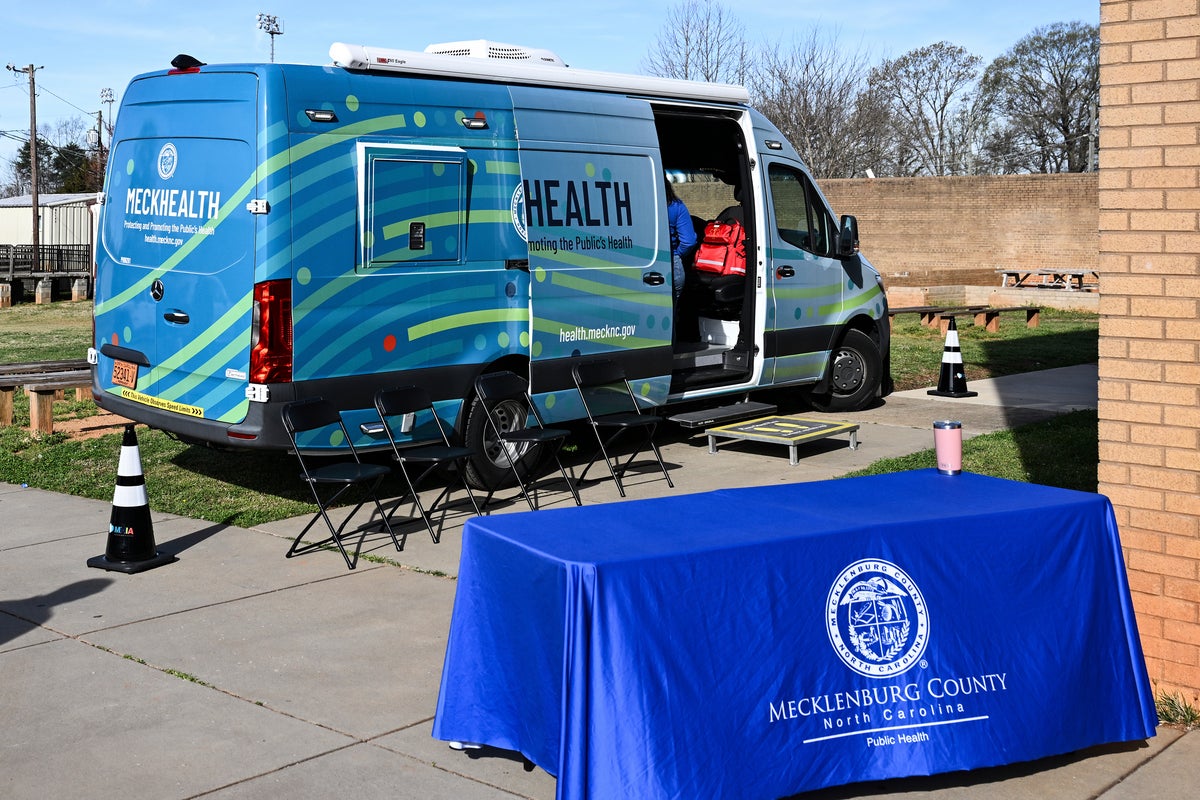Federal Health Cuts: How Communities Across the US Are Feeling the Impact

Federal Health Cuts: A Ripple Effect Across US Communities
Recent reports highlight a concerning trend: significant cuts to federal public health funding are having a tangible and detrimental impact on communities across the United States. While the federal government, particularly the Centers for Disease Control and Prevention (CDC), plays a vital role in safeguarding public health, a shrinking budget is creating a cascade of challenges for state and local health departments.
The Reliance on Federal Support
It's crucial to understand the fundamental structure of public health in the US. State and local health departments are heavily reliant on federal funding and expertise. The CDC, for instance, distributes approximately 80% of its budget directly to these departments. This funding isn't just about dollars and cents; it's about access to vital resources, technical assistance, and proven strategies for addressing public health threats.
The Impact of Reduced Funding
So, what happens when that funding stream diminishes? The consequences are far-reaching. We’re seeing:
- Reduced Services: Health departments are forced to scale back essential services, including disease prevention programs, health education initiatives, and vital screenings (like those for cancer and diabetes).
- Staffing Shortages: Budget cuts often lead to layoffs or hiring freezes, leaving departments with fewer trained professionals to handle public health emergencies and ongoing needs.
- Delayed Response to Outbreaks: With fewer resources and personnel, responding to disease outbreaks (like foodborne illnesses or emerging infectious diseases) becomes significantly more challenging, potentially leading to wider spread and increased severity.
- Weakened Infrastructure: Essential public health infrastructure, such as laboratory capacity and data collection systems, can deteriorate, hindering the ability to monitor and address health trends effectively.
Specific Examples and Regional Disparities
The AP report details specific examples of how these cuts are impacting communities. Rural areas, which often have limited healthcare access to begin with, are disproportionately affected. These communities rely heavily on federal funding to support their local health departments and clinics. Urban areas, facing unique public health challenges like high rates of chronic disease and environmental health hazards, also feel the pinch.
Looking Ahead: The Need for Investment
The current situation underscores the critical need for sustained and increased investment in public health. A healthy population is a productive population, and a strong public health system is an essential foundation for a thriving society. Reducing funding for public health is not a cost-saving measure; it’s a short-sighted decision that ultimately leads to higher healthcare costs, poorer health outcomes, and increased vulnerability to public health threats. Policymakers must recognize the long-term benefits of investing in the health and well-being of all Americans.
Beyond the Headlines: What You Can Do
Stay informed about public health issues in your community. Contact your elected officials and advocate for policies that support strong public health systems. Support local health departments through volunteering or donations. Your voice and actions can make a difference.






